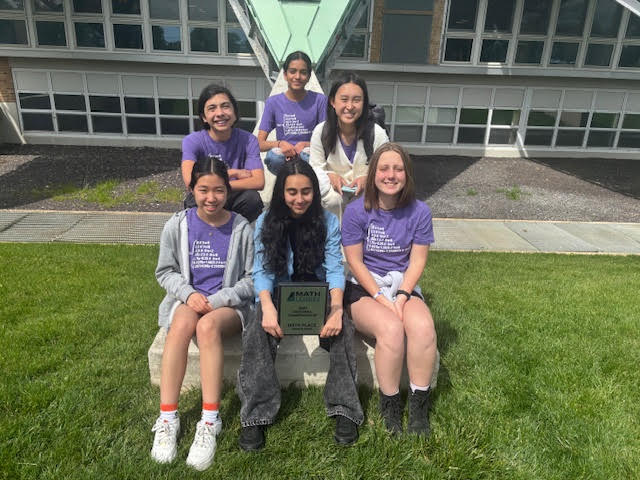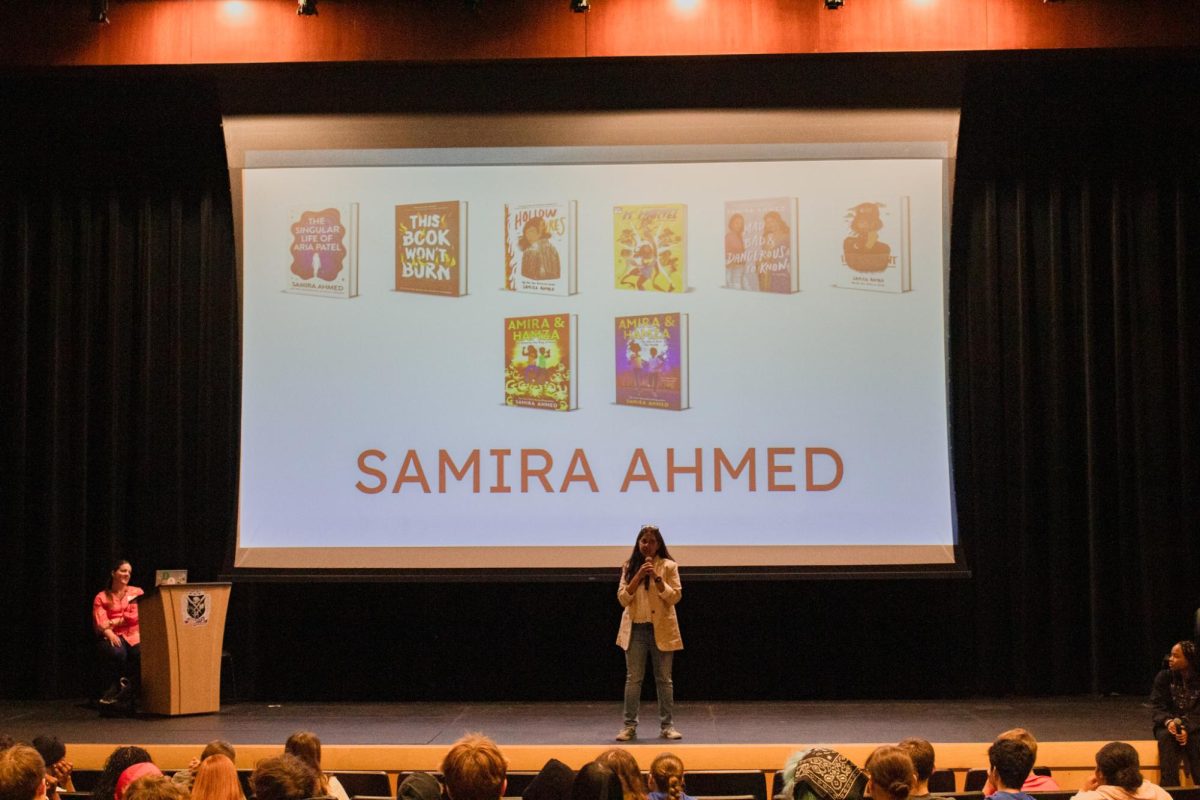Technology is ingrained into nearly every aspect of our lives, and education is no exception. Today’s students have more access to technology and the internet than ever. With new innovations emerging each day, it’s easy to focus on the confusion and risk surrounding them. Still, it’s essential to acknowledge how technology has transformed many educators’ approaches to teaching.
At Liberty, one notable example of technology utilized as a tool is the provision of a Chromebook to each student. These computers play an important role in meeting diverse educational needs.
“Many students may come from backgrounds where they don’t have access to their own personal device. The one on one Chromebooks ensure a level playing field… all students have access to their [own] digital learning materials,” shared Kurtis Watts, Liberty’s Tech Support Specialist.
Online resources that are otherwise inaccessible to some students are made available through Chromebooks. Liberty’s library provides assistance in navigating these devices, as well as offering access to additional pieces of technology. Each application presents students an opportunity to express their creativity, enhance their projects and grow their understanding of tech.
Among the library’s resources is Liberty’s 3-Dimensional (3D) printer, a machine that converts a digital model into solid 3D objects. Students are encouraged to create their own models online, and make use of the printer to bring their ideas to life.
“I would say the 3D printer has been a hit since its purchase,” Watts noted.
Beyond the 3D printer, the library is also home to a broadcasting lab for podcast and video production, cameras, a large-scale printer for posters, and more.
However, students are not the only ones impacted by these advancements. Teachers must adapt as technology reshapes education as well. For example, ChatGPT is an artificially intelligent (AI) “chatbot” released in 2022. Its introduction into the classroom quickly followed. Where many teachers saw a computer engine that could write students work for them, Matthew Clendening, an English teacher at Liberty, saw an opportunity for growth.
“I believe there are three ways that educators can approach generative AI models. They can ignore them and pretend that we are living in a pre-2022 world. They can set up barriers to prevent students from using generative AI in their work,” explained Clendening, “They can give students the tools to use generative AI effectively and ethically… My goal is the latter.”
Clendening stressed that while AI can be a strong tool for giving students a starting place on an assignment, it should not overshadow their true voices, “…generative AI is a useful tool, [but] it should not be trusted…The thing that AI cannot do, that humans can, is to create something new; to create something authentic.”
Recognizing the potential risks of technology’s presence in schools is important, but appreciating the ways technology has changed the way students learn is equally as crucial. Technology is constantly evolving. Therefore, schools can try and push it out, or they can allow it to open new doors in education.
“I think it would be interesting if we could re-implement Virtual Reality technology in our library… Other than that, I would want our standard technology, such as the Chromebooks, to keep pace with current technical capabilities,” commented Watts on the continual growth of tech in schools.
Traditional, pencil-to-paper work is vital to the learning process. But new technology is finding ways to foster modern skills in young minds, which helps better prepare students for the increasingly technological world we live in. Where will technology take education next?










